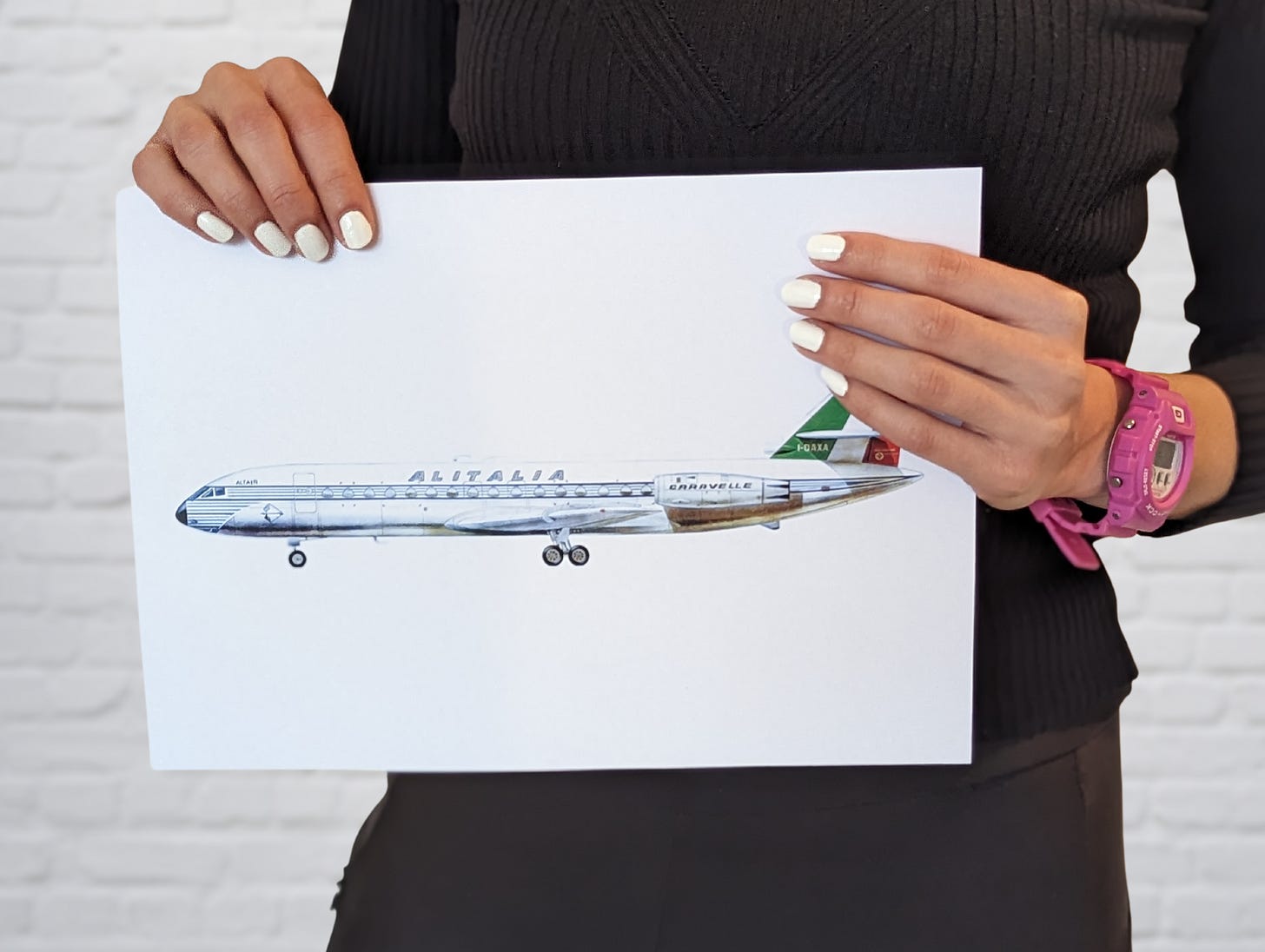Sud-Aviation SE 210 Caravelle
The Sud-Aviation SE 210 Caravelle, better known to the public as "the Caravelle," is a twin-engine airliner designed for short and medium-haul routes, produced between 1958 and 1973 by the French company Sud-Aviation which became Aerospatiale 1970. It was the world's first mass-produced twin-engine airliner. The Caravelle had the innovative feature of having the engines located at the rear of the fuselage rather than in the wings (as with the Comet or in the nacelles below the wings as with the Boeing 707). Designed to replace piston-engine aircraft such as the Douglas DC-6, the Caravelle can carry, depending on the version, from 80 to more than 130 passengers over a maximum distance of between 1650 and 3400 km. The last remaining Caravelles in Europe were retired in the late 1990s, with a few flying in the Congo and Colombia in the early 2000s, the last being retired in 2005.
Keep reading with a 7-day free trial
Subscribe to Avia’s Aviation History Newsletter to keep reading this post and get 7 days of free access to the full post archives.




